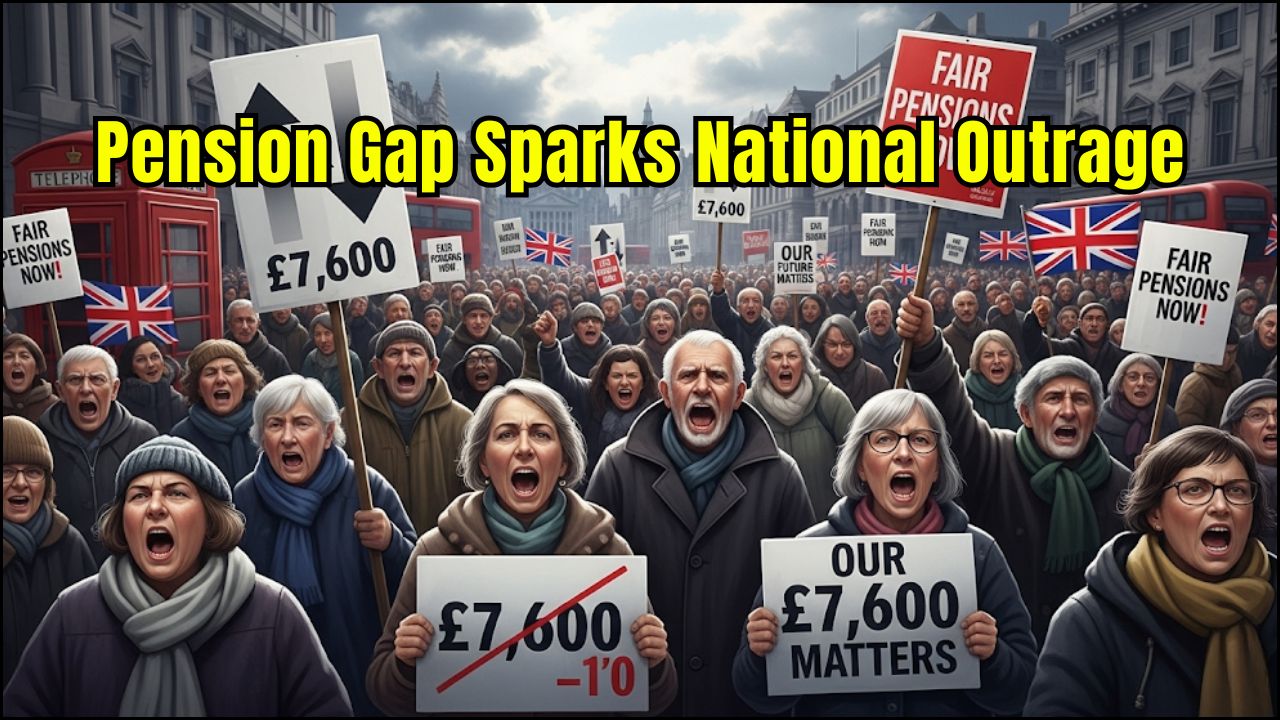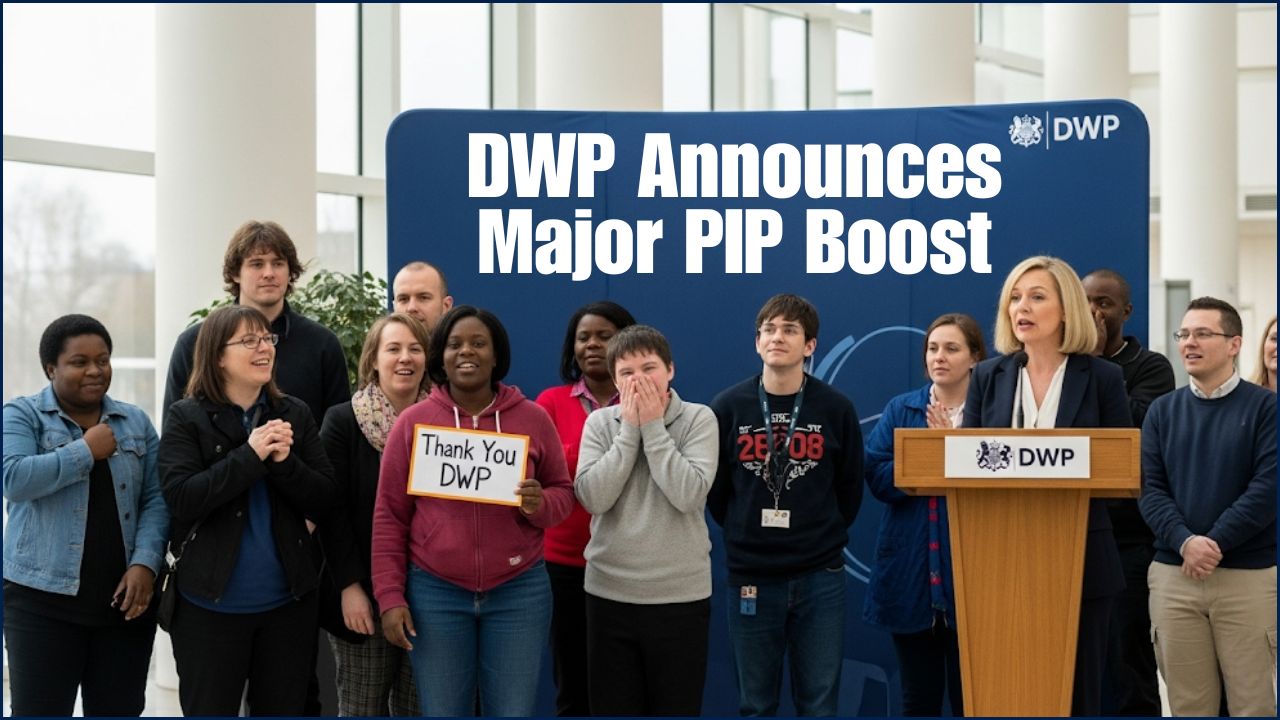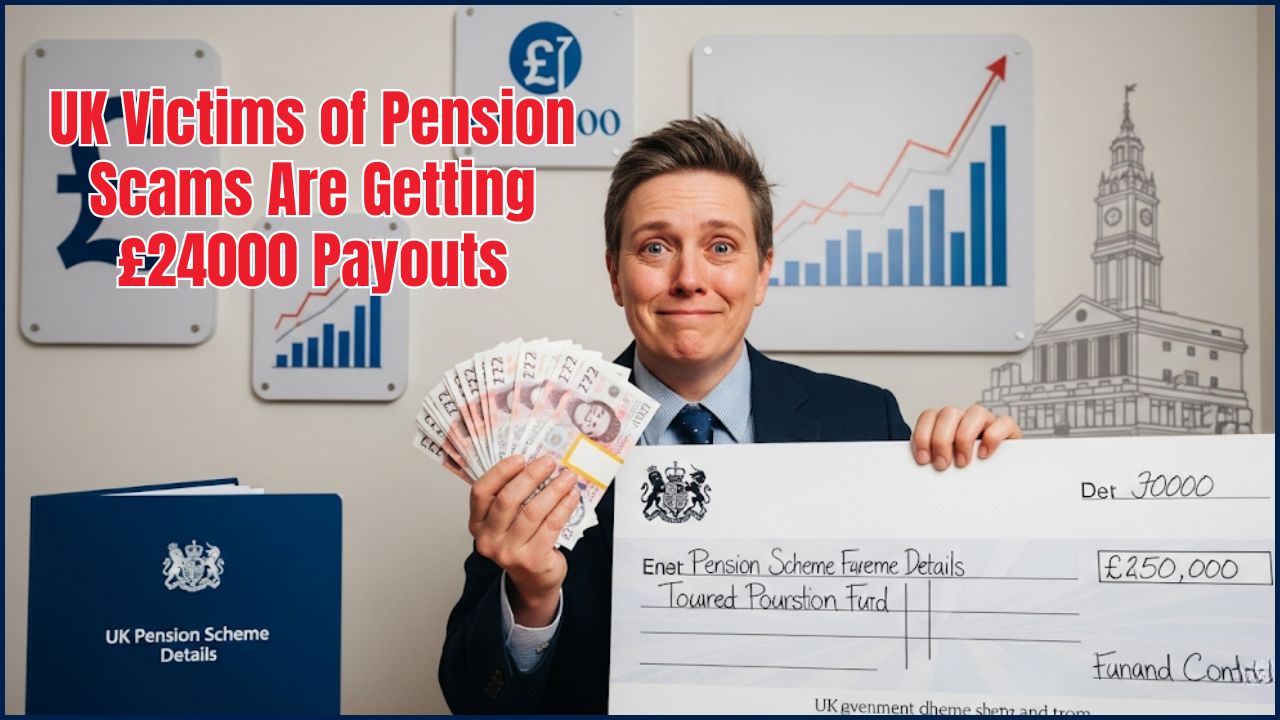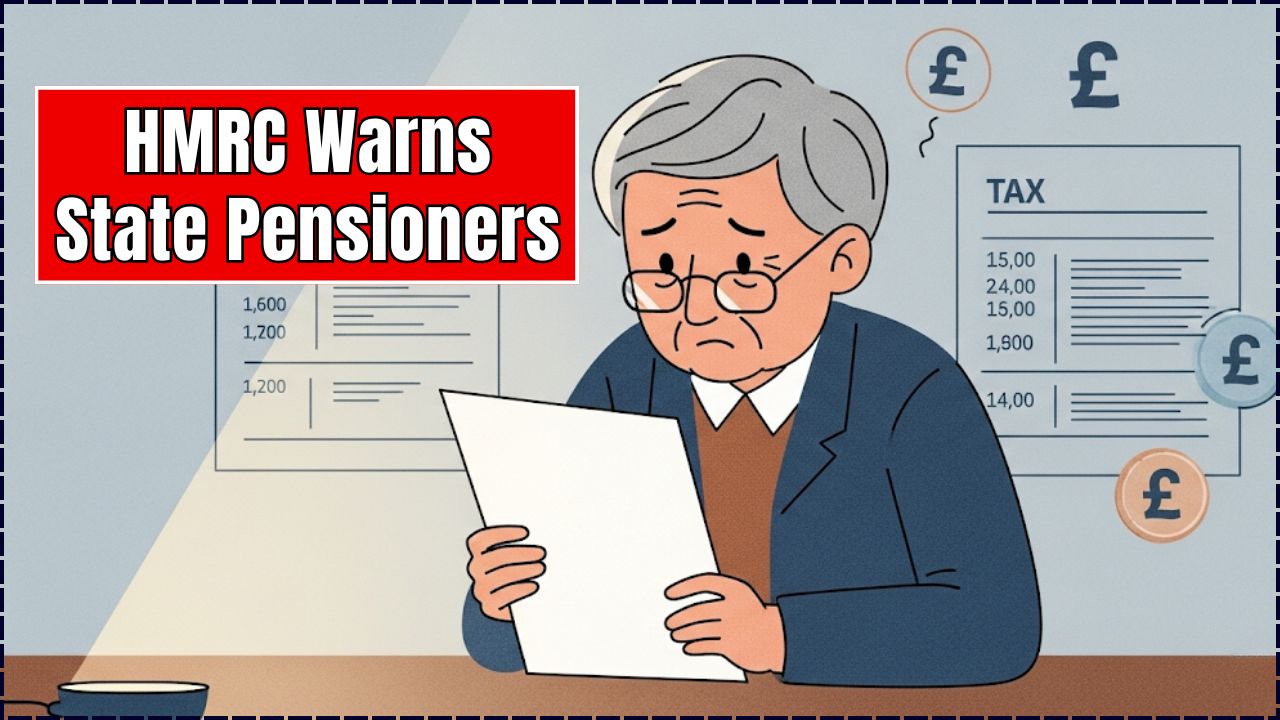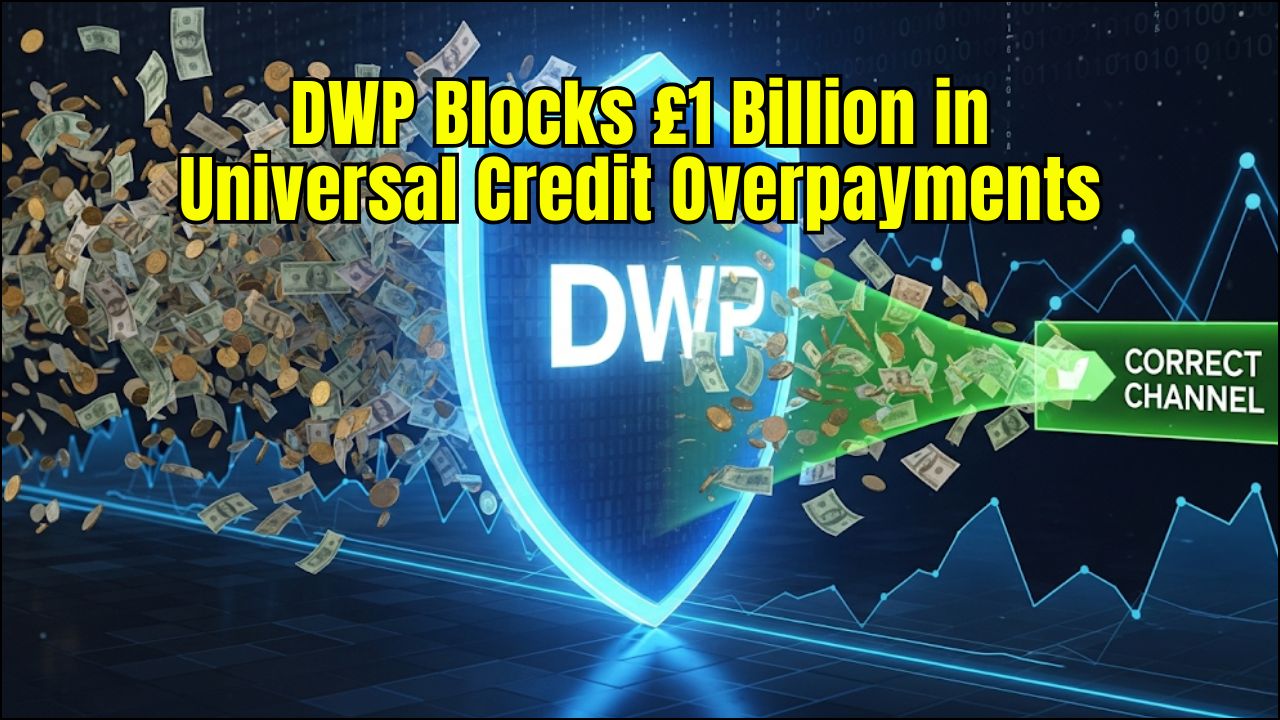When it comes to retirement, most folks think about finally kicking back, enjoying a cup of coffee on the porch, and maybe taking a trip or two. But here’s a curveball coming out of the UK: HMRC (Her Majesty’s Revenue & Customs) is warning that state pension increases could actually mean bigger tax bills for retirees. Yep—you could get more money in your pension, but less of it in your pocket.
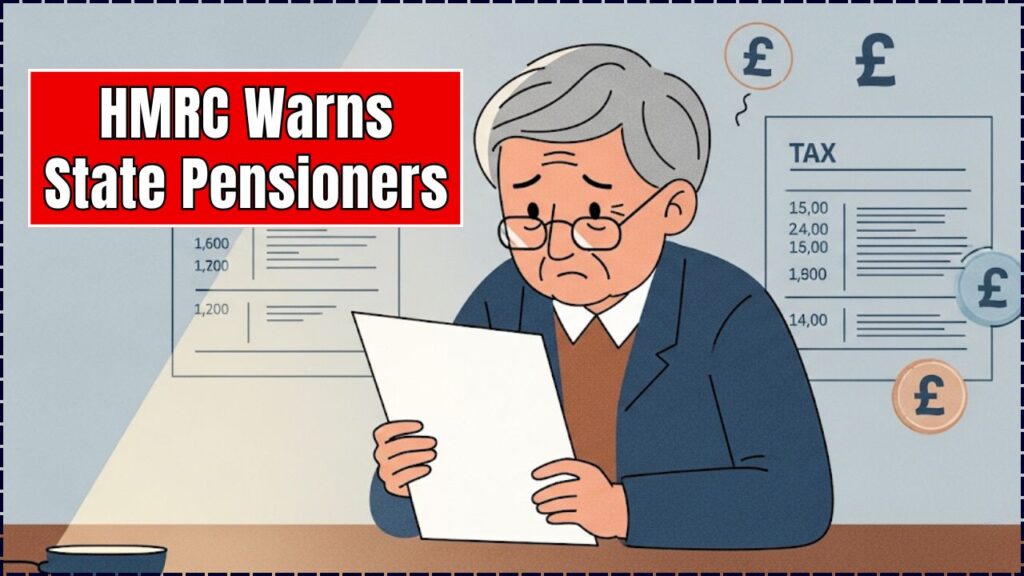
This isn’t just accounting jargon—it’s real life. Thanks to government policy, frozen tax thresholds, and the so-called triple lock system, many older Brits could soon find themselves paying tax for the first time in retirement. Let’s break this down in plain English so everyone—whether you’re 10 years old or a finance pro—knows what’s going on.
HMRC Warns State Pensioners
| Topic | Details |
|---|---|
| State Pension Increases | The triple lock ensures pensions rise by the highest of 2.5%, inflation, or wage growth. In April 2026, the full new state pension is projected to reach £12,524. |
| Personal Tax Allowance | The tax-free allowance remains frozen at £12,570, meaning many pensioners will soon cross the threshold. |
| Tax Impact | By 2025–26, an estimated 8.7 million pensioners will be paying income tax. |
| HMRC Notices | Pensioners may receive a “simple assessment” tax bill instead of completing a full return. |
| Planning Tip | Check your tax code, consider ISAs, Marriage Allowance, and track pension forecasts to avoid surprises. |
Here’s the deal: rising pensions are great news, but frozen tax thresholds mean more retirees are getting hit with tax bills. It’s not a mistake, it’s policy—what some call a stealth tax.
If you’re a pensioner, don’t panic. Just stay informed, check your numbers, and plan ahead. A little preparation now could save you from a nasty surprise letter from HMRC later.
What’s the Triple Lock and Why Does It Matter?
The UK state pension is a guaranteed income for retirees who’ve paid enough National Insurance contributions. Since 2010, the government has promised to raise it each year by whichever is highest:
- 2.5%
- Inflation (CPI)
- Average wage growth
That’s the triple lock. It’s been a lifesaver for many retirees, especially during years when prices shot up. But here’s the catch: the personal tax allowance—the amount you can earn tax-free—has been frozen at £12,570 until at least 2028.
So while pensions climb, the tax ceiling doesn’t. Economists call this fiscal drag. I call it a stealth tax.
A Quick Look Back: How Did We Get Here?
Ten years ago, the state pension was just under £6,000 a year. Fast forward to 2026, and it’s more than doubled to over £12,500. That’s progress, but the tax-free allowance hasn’t kept pace.
- 2010: Personal allowance £6,475, state pension ~£5,000.
- 2026 (forecast): Personal allowance £12,570, state pension £12,524.
See the squeeze? Back then, pensions were safely below the allowance. Now, they’re practically level.
Who’s Affected the Most?
Not every retiree will feel the pinch equally.
- Low-income pensioners: If your only income is the basic state pension, you’ll just creep over the threshold in a couple of years. Even a few hundred pounds in savings interest could trigger a tax bill.
- Middle-class retirees: If you’ve got a workplace pension on top of the state pension, you’re definitely going to owe. For example, add just £3,000 from a private pension, and you’ll be several hundred pounds into taxable territory.
- Wealthier retirees: Those already paying tax won’t notice as much—it’ll just mean a slightly higher overall bill.
Real-Life Case Studies
- Mary, 67 – Gets £12,524 state pension + £1,000 private pension = £13,524. Taxable amount: £954. Tax bill: ~£190.
- Alan, 70 – State pension + workplace pension totaling £16,000. Taxable income: £3,430. Tax bill: ~£686.
- Doris, 74 – Lives only on her state pension of £12,524. She’s technically under the allowance, but if she earns even £100 interest on savings, she’ll be taxed.
The HMRC “Simple Assessment” Explained
If you’ve never filed a tax return, this part might shock you. HMRC sends out something called a “simple assessment.”
- It’s a tax bill you didn’t ask for.
- You don’t need to file a full self-assessment return.
- You just pay the bill (or appeal if it’s wrong).
In 2023–24, HMRC sent out a record 1.32 million simple assessments, mostly to pensioners. Imagine getting a letter in the mail saying, “Hey, you owe us £200.” That’s why HMRC is warning people ahead of time.
How the US System Compares
For readers familiar with the States, here’s a fun comparison. The US has Social Security, and yes—it can be taxable, too. In fact, if you earn over $25,000 (single) or $32,000 (married), up to 85% of your Social Security benefits can be taxed.
So, both the UK and US have a similar setup: benefits meant for retirement security can end up being partially taxed. The difference is the UK’s triple lock keeps pensions rising faster than US Social Security, but frozen tax thresholds make the UK system feel sneakier.
Comparison Table
| Item | 2023/24 Tax Year | 2024/25 Tax Year |
| New State Pension (Full Rate) | Approx. £10,600 | Approx. £11,500 |
| Basic State Pension (Full Rate) | Approx. £8,100 | Approx. £8,800 |
| Personal Allowance (Tax-free) | £12,570 | £12,570 |
| Tax Due on State Pension Alone? | Not if it’s your only income. | Nearing the threshold, may not be a concern yet. |
| Tax Due with Extra Income? | More likely with a private pension. | A much higher chance with any additional income. |
Political Debate: Will the Triple Lock Survive?
The triple lock is politically popular, but expensive. The Office for Budget Responsibility predicts the state pension could exceed the tax-free allowance by 2027–28. Some politicians argue the triple lock is “unsustainable” and could be replaced by a double lock or capped increases.
So, while today’s issue is taxes, tomorrow’s could be whether the triple lock itself survives.
What You Can Do: A Practical Checklist
Here’s your action plan to stay ahead of the game:
- Check your income annually on your Personal Tax Account.
- Max out ISAs to shield savings from tax.
- Consider Marriage Allowance if your spouse earns less.
- Keep an eye on pension forecasts with the State Pension Forecast tool.
- Talk to an adviser if you’ve got multiple income streams.
Top 3 Mistakes to Avoid
- Ignoring Your Tax Code: Your private pension provider receives a tax code from HMRC that takes your State Pension into account. If this code is wrong, you could be paying too much or too little tax. Always check your tax code notice!
- Assuming the State Pension is Tax-Free: This is the biggest misconception. Your State Pension is taxable income. It’s the fact that it’s paid ‘gross’ (without tax deducted) that causes the issue for those with other income streams.
- Not Planning Ahead: With the Personal Allowance frozen, even a small increase in a private pension, or a part-time job, could push you into the tax-paying bracket. Keep an eye on your total income and plan for a potential tax liability.
FAQs
Do I have to file a full tax return?
Not usually. Most pensioners will just get a simple assessment bill. But if you’ve got complex income (like property or foreign pensions), you might need a full return.
Can delaying my state pension help?
Yes. You can defer claiming your pension and get a bigger payment later. That can sometimes reduce tax now but increase it later—depends on your income mix.
Will the tax-free allowance ever rise again?
Maybe after 2028, but until then, expect it to stay frozen.
What if I can’t afford the tax bill?
Contact HMRC. They can often set up a payment plan.

